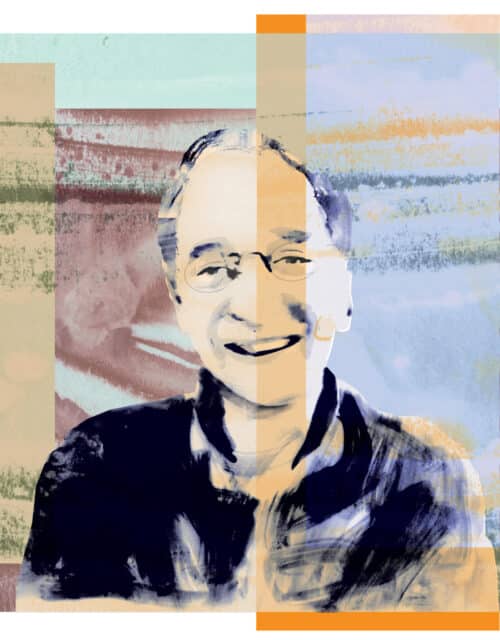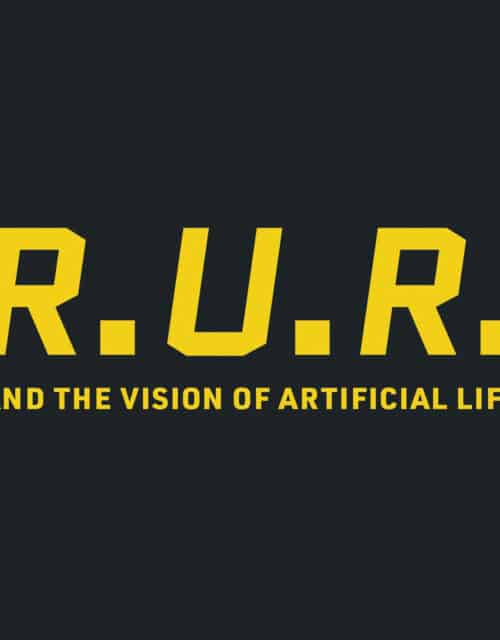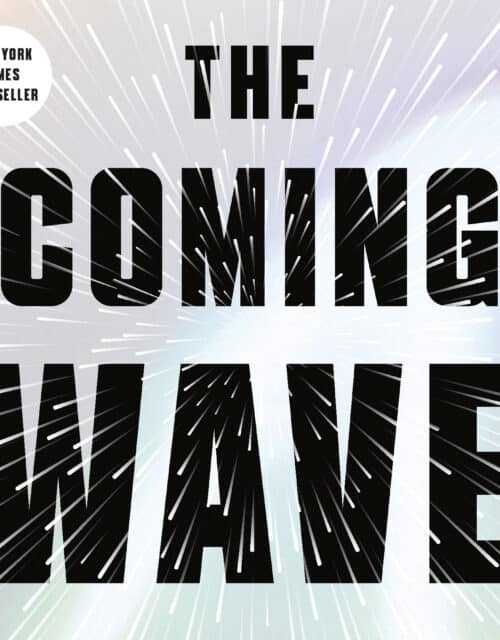Humanizing Energy Futures
What do nuclear fusion power plants, artificial intelligence, hydrogen infrastructure, and drinking water recycled from human waste have in common? Aside from being featured in this edition of Issues, they all require intense public engagement to choose among technological tradeoffs, safety profiles, and economic configurations. Reaching these understandings requires researchers, engineers, and decisionmakers who are adept at working with the public. It also requires citizens who want to engage with such questions and can articulate what they want from science and technology.
Editor's Journal
Supporting Scientific Citizens
Read MoreWhat do nuclear fusion power plants, artificial intelligence, hydrogen infrastructure, and drinking water recycled from human waste have in common? They all require intense public engagement to choose among technological tradeoffs, safety profiles, and economic configurations.
Forum
Combining Tradition and Technology
Read MoreThe Anthropocene: Gone But Not Forgotten
Read MoreGlobal Diplomacy for the Arctic
Read MoreBoosting Hardware Start-ups
Read MoreThe Power of Space Art
Read MoreA Space Future Both Visionary and Grounded
Read MoreCatalyzing Renewables
Read MoreHow to Procure AI Systems That Respect Rights
Read MoreDecolonize the Sciences!
Read MoreA Look at Differential Tuition
Read MoreEnhancing Regional STEM Alliances
Read More

Gallery
Welcome to Our Beautiful Power Plant
Perspectives
What We Talk About When We Talk About Impact
Read MoreThe academic community needs to elucidate a nuanced understanding of what it means by impact, how it happens, and what scholars might do individually and collectively to work toward it.
Living in Viele’s World
Read MoreThe nineteenth-century rivalry between engineer Egbert Viele and architect Frederick Law Olmsted was one of contrasting visions of New York City that still has lessons for engineering today.
Medicine Means More Than Molecules
Read MoreHas funding for medical research been excluding some science that may have incredible potential to improve human health?

Interview
“This Is Also a Time of Great Possibility and Great Capability.”
Poetry
How to Make Your Own Automaton
Read MoreRebecca Morgan Frank’s poem “How to Make Your Own Automaton” explores the minds of makers who develop machines and technology with far-reaching implications.

Gallery
Promethean Sparks
Real Numbers
Governing AI With Intelligence
Read MorePatterns are emerging in the various efforts to regulate artificial intelligence around the globe. Understanding these evolving AI norms could help govern this technology intelligently.
Features
Educating Engineers for a New Nuclear Age
Read MoreRadical designs for fission and fusion energy systems require engineers who are grounded in technical knowledge, adept at engaging communities in participatory design, and fluent in ethical, equity-centered communication.
What Can Fusion Energy Learn From Biotechnology?
Read MoreFusion energy faces many hurdles. The history of the biotech industry offers lessons for how to build public trust and create a robust investment ecosystem to help fusion achieve its potential.
A Public Path to Building a Star on Earth
Read MoreUntil fusion technologies can meet society’s goals, government-supported research should remain broad, and stakeholders should resist attempts to narrow its reach.
An Ambidextrous Approach to Nuclear Energy Innovation
Read MoreTension between the promise of new nuclear technologies and uncertainty about their feasibility requires a diversified, balanced research portfolio that can be adjusted locally in concert with global progress.
Moving Beyond Hype on Hydrogen
Read MoreHydrogen has been “the fuel of the future” for a century. Whether it actually becomes an important part of a climate-friendly energy system depends as much on the cost of greenhouse gas emissions as it does on the tricky process of finding cheap, safe, and easy ways to harness hydrogen’s advantages.
A Binational Journey Toward Sustainability
Read MoreHow a unique collaboration between the US and Mexican academies of science evolved over the course of a decade.
Industrial Terroir Takes on the Yuck Factor
Read MoreReusing wastewater is a scientifically and technologically sound method of producing drinking water, and it may become necessary in water-stressed regions. But will the public accept it?
Unleashing Synergy or Accelerating Fragmentation?
Read MoreSouth Korea’s bold shift toward international science and technology collaboration—starting with Horizon Europe—requires transforming the weaknesses of the current system into future strengths.
Bringing Communities In, Achieving AI for All
Read MoreArtificial intelligence can exacerbate social problems, but it can also be used to solve them. AI designers and regulators should seek out partnerships with struggling communities, to learn what they need from this emerging technology and build it.
Book Reviews

Go to Hell, Robots!
Read MoreEric Trump reviews a new translation of the classic Czech play that introduced the word “robot,” along with newly commissioned essays about the play.

Like the Web Is Part of the Spider
Read MoreJosh Trapani reviews “a work of fiction based on fact,” by Benjamín Labatut, about the life of John von Neumann.

AI’s Wave
Read MoreCarl Mitcham and Lukas Fuchs review a recent book by Mustafa Suleyman about the implications of artificial intelligence and what policy tools could help make the technology socially beneficial.
Marie Curie Visits the National Academy of Sciences Building
Read MoreA photograph captures a historic moment on the back steps of the National Academy of Sciences building: Marie Curie, codiscoverer of radium and polonium, stands alongside President Herbert Hoover in the fall of 1929.

